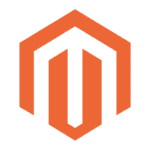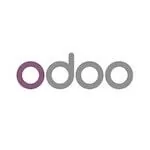Launched in 2013, Webflow is a visual development platform for building professional, responsive websites without writing code. It provides a comprehensive set of design tools and features, including content management system (CMS) capabilities and e-commerce functionality, to facilitate the creation of efficiently designed websites. The platform’s intuitive interface allows designers and developers to streamline the web design process, making sophisticated web and e-commerce sites accessible to businesses and individuals.
What Is Webflow Good For?
Webflow is ideal for creating custom, responsive websites without deep coding knowledge. It excels at allowing users to visually design complex, dynamic websites with its drag-and-drop interface, and provides CMS and e-commerce tools for content and product management. Designed to improve workflow efficiency, Webflow enables rapid prototyping and deployment of websites, making it an excellent tool for web designers, developers, and entrepreneurs looking to effectively manage their web presence or e-commerce operations.
Who Should Use Webflow?
Webflow is designed for a broad audience that includes web designers, freelance developers, entrepreneurs, and small to medium-sized businesses. It is especially beneficial for professionals looking for a powerful yet easy-to-use platform to create and manage websites without extensive coding. In addition, larger organizations looking for custom website solutions can benefit from Webflow’s enterprise options. Its scalable pricing tiers meet the needs of personal projects, small businesses, and scaling enterprises, making it an effective solution for various industries and use cases.





















